Bees and butterflies are among the most cherished visitors to any garden, and with good reason. These industrious pollinators do wonders for our plants, ensuring bountiful blooms and abundant fruit.
If you want your garden to be a hotspot for these enchanting creatures, it’s all about planting the right flora. Whether you’ve got a sprawling backyard or just a windowsill, there are plenty of plant options that will have bees and butterflies buzzing with joy.
Creating a haven for pollinators isn’t just beneficial for them—it’s a feast for your senses too! Imagine a garden teeming with color and life, where bees hum gently as they work and butterflies flit gracefully from flower to flower.
Not only does this enhance the beauty of your garden, but it also plays a crucial role in supporting biodiversity. Plus, growing these plants is simpler than you might think, so you can spend more time savoring the beauty of nature.
1. Alliums: The Garden’s Jewel
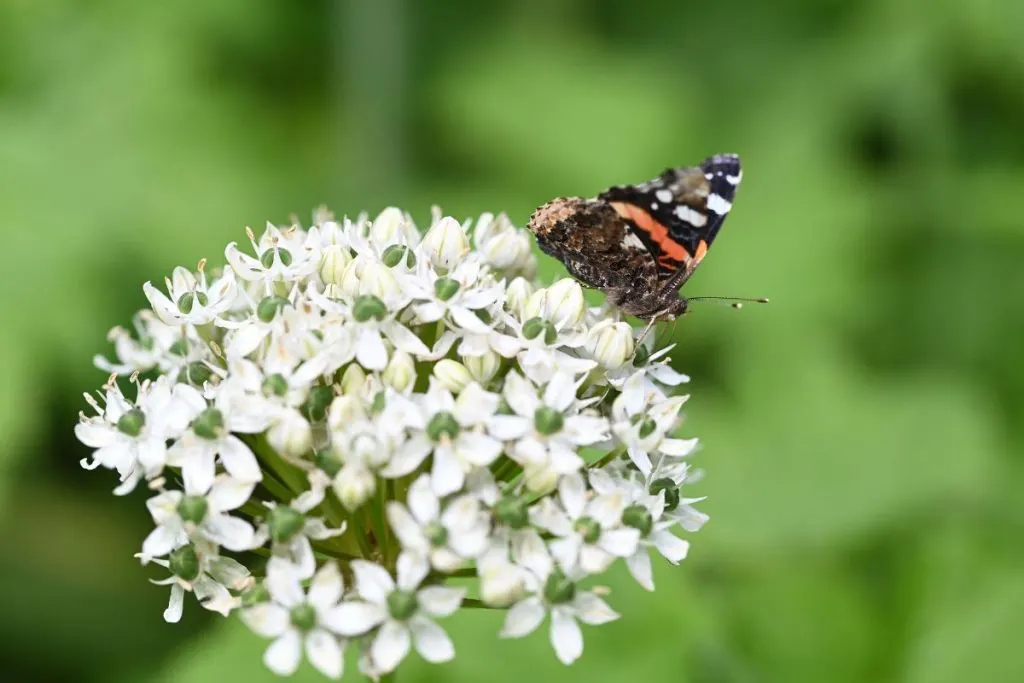
Alliums are the crown jewels of the garden, known for their striking globe-like flowers that stand tall and proud. These plants are a hit not just with gardeners but with pollinators too.
Why Bees Love Them: Allium flowers, including the popular varieties like chives and decorative Allium cristophii, are irresistible to bees due to their round, accessible blooms. Plant some in your garden, and you’ll see why bees can’t get enough of them.
Growing Tips: Plant your alliums in a sunny spot and watch them flourish. They’re low-maintenance perennials, which means they’ll return year after year.
Container Friendly: Short on space? Alliums can be grown in containers too, making them perfect for patios and balconies.
With their dazzling flowers and pollinator appeal, alliums are a must-have for any nature lover’s garden.
2. Sedum: The Butterfly Magnet
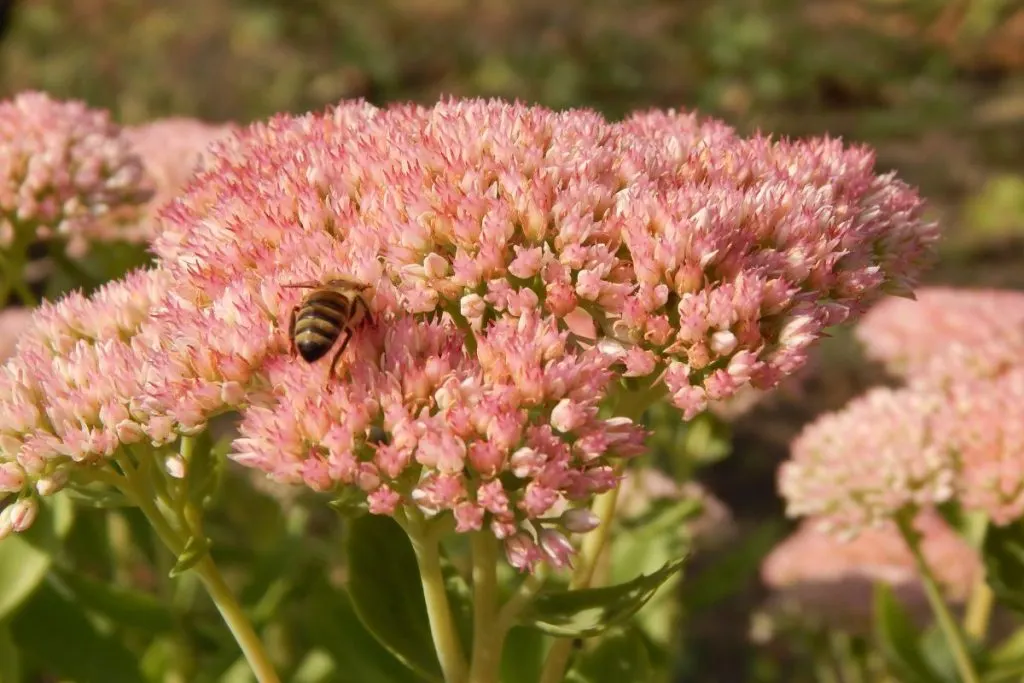
Sedums, often called the butterfly magnets of the plant world, are a sight to behold when in bloom. These hardy perennials are a surefire way to attract masses of butterflies, especially on warm, sunny days.
Fluttering Appeal: Even before the blooms fully open, butterflies like the Gatekeeper are drawn to Sedum’s nectar-rich buds. Their nectar-filled clusters provide a feast for pollinators.
Garden Essential: If you have room for just one plant in your pollinator garden, let it be a Sedum. The captivating Sedum ‘Stardust’ is particularly effective at drawing butterflies with its delicate, starry white flowers.
Year-Round Beauty: Sedums not only attract butterflies but also add texture and interest to your garden landscape.
Adding sedum to your garden will not only brighten your space but will also create a welcoming haven for countless pollinators.
3. Geraniums (Cranesbill): A Burst of Blue
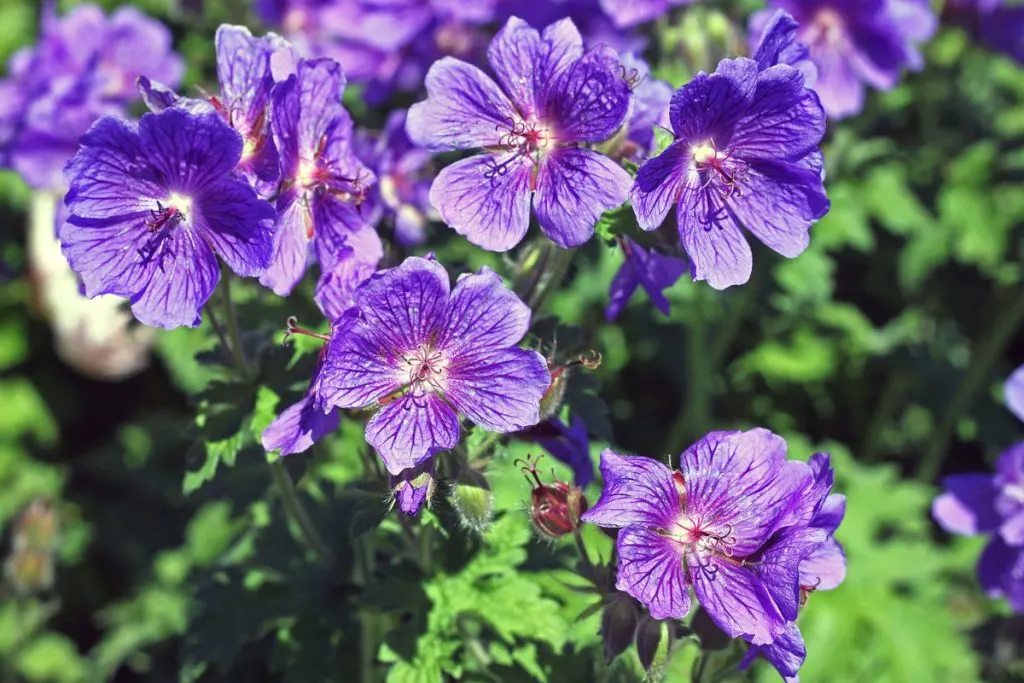
Geraniums, commonly referred to as Cranesbill, are like little pieces of sky scattered throughout your garden beds. Bees find their blue and purple hues particularly enchanting.
A Bee’s Delight: Bees naturally gravitate toward blue flowers, making Geranium ibericum a top pick for attracting these essential pollinators.
Easy to Grow: Geraniums are a gardener’s dream—resilient, low-maintenance, and quick to form generous clumps. They die back in winter, only to burst forth with new growth each spring.
Variety is the Spice of Life: Within the Geranium family, you’ll find a dizzying array of colors and forms, all with an equal appeal to bees.
Incorporating geraniums into your garden not only adds aesthetic charm but also supports healthy bee populations.
4. Verbena bonariensis: A Pollinator’s Paradise

If you want to create a garden oasis that blooms for months, look no further than Verbena bonariensis. Its airy purple blooms are a big draw for bees, butterflies, and gardeners alike.
Extended Bloom Time: Verbena is renowned for its extended flowering season, providing a banquet of nectar to pollinators from summer through fall.
Perfect for Borders: With its tall, slender stems, Verbena is ideal for adding height and movement to any garden border without overshadowing other plants.
Pollinator Pathway: In even the most challenging garden conditions, Verbena proves its worth, attracting a steady stream of bees and butterflies.
Plant Verbena and enjoy a vibrant display of life and color in your garden for many months.
5. Buddleia (Butterfly Bush): Nature’s Nectar Bar
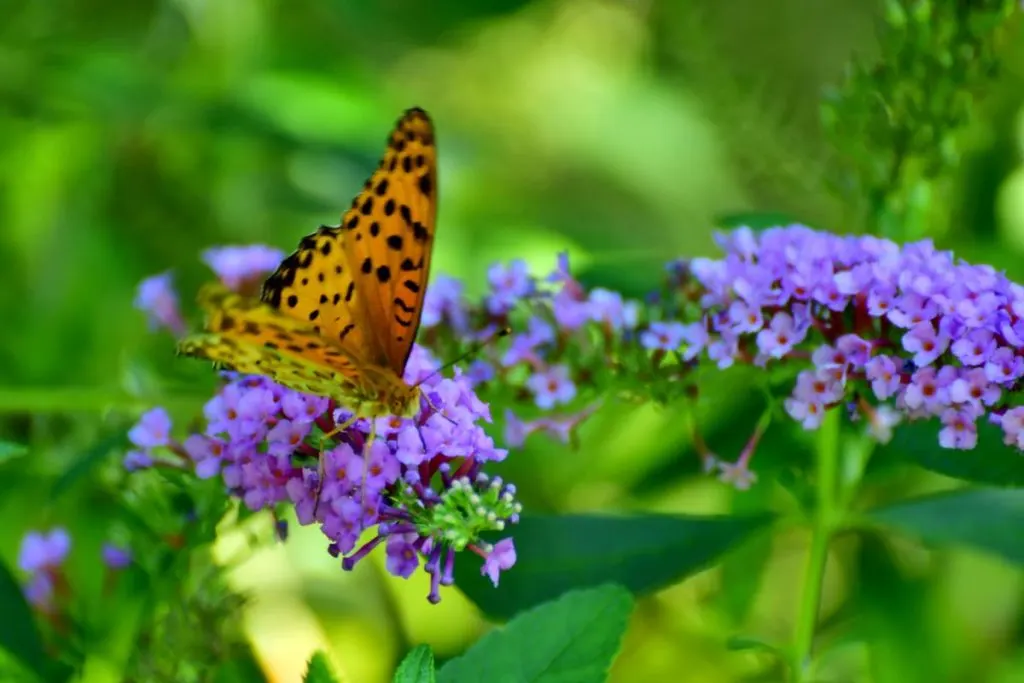
The Buddleia, fondly known as the “Butterfly Bush,” lives up to its name by drawing in a myriad of butterflies and other pollinators with its honey-scented blooms.
Attraction Power: Plant a Buddleia in a sunny spot, and you’ll witness a parade of butterflies dancing on its fragrant flowers.
Grower’s Delight: Despite its large size, breeders have developed compact patio varieties that are perfect for smaller spaces.
Mind the Seeds: Keep in mind that Buddleias can seed prolifically, so deadhead regularly to prevent unwanted spread.
With its intoxicating aroma and vibrant blooms, Buddleia is the quintessential plant for any butterfly enthusiast.
6. Perovskia (Russian Sage): A Silver Gem
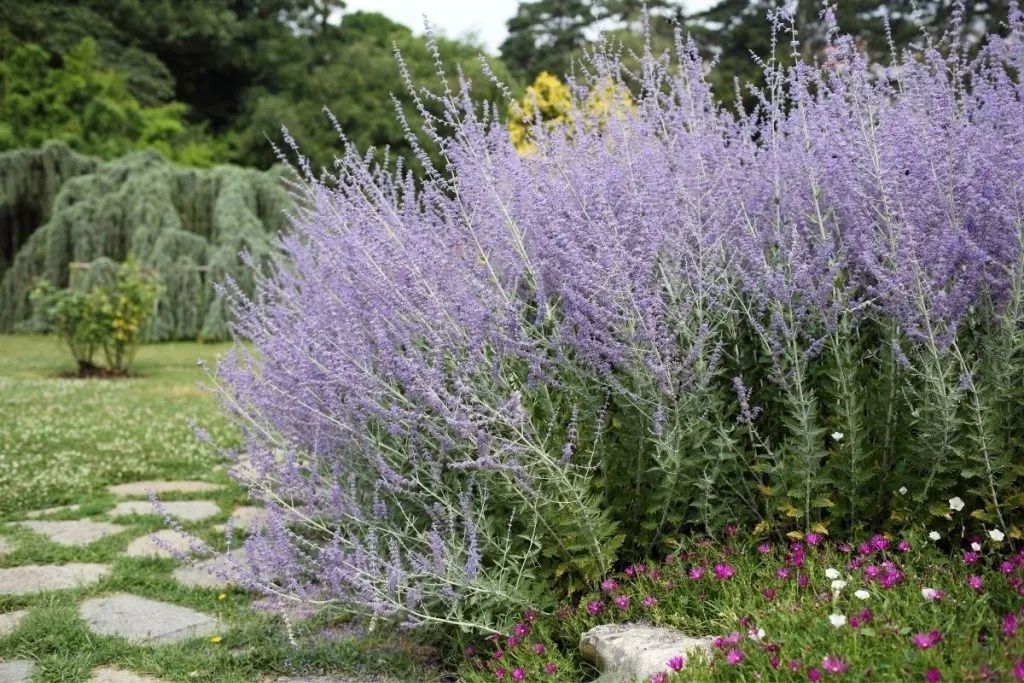
Though not quite Russian, Perovskia, or Russian sage, brings a touch of elegance with its silvery foliage and prolific blue flowers.
Pollinator Favorite: The delicate, aromatic spikes are magnets for bees, providing a feast throughout the warmer months.
Stunning Sight: Pair Russian Sage with other blue-flowered plants to create a mesmerizing display that bees will flock to.
Sun Lover: Thriving in dry, sunny spots, this plant requires minimal care once established, making it a gardener’s ally.
Perovskia’s ethereal beauty and pollinator love make it a standout addition to any garden seeking charm and function.
7. Monarda (Bee Balm): A Bee’s Best Friend
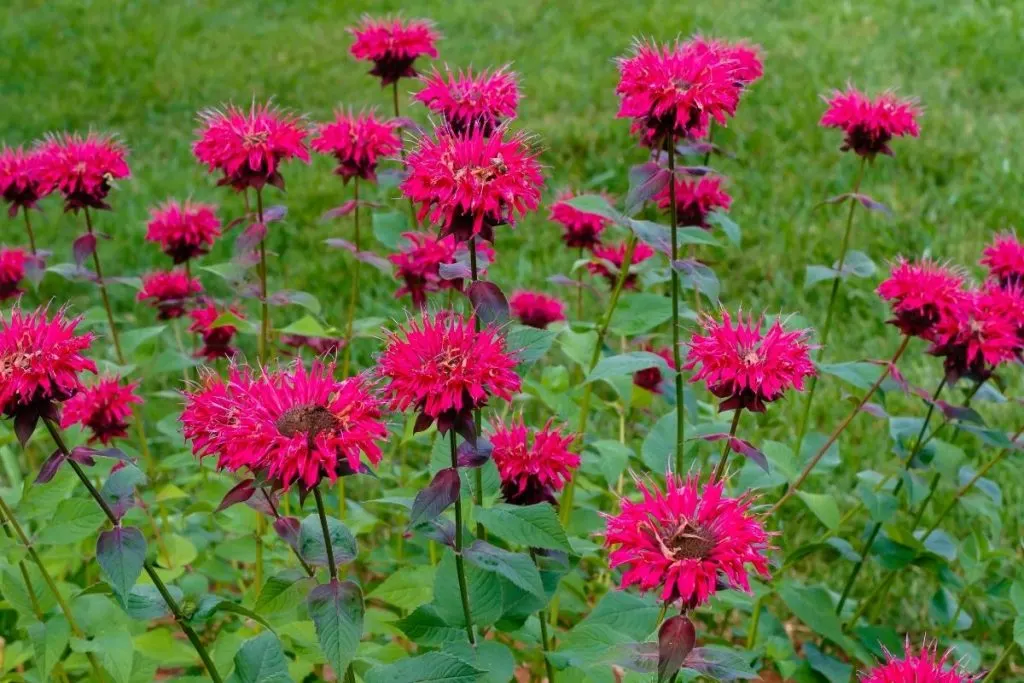
Monarda, known affectionately as Bee Balm, is a beacon for bees, as its name suggests. Its vibrant blooms do wonders in attracting a myriad of pollinators.
Garden Showstopper: With its unique, shaggy flower heads, Monarda adds a burst of color and life to any garden.
Easy Living: Monarda thrives with minimal fuss, and with their ability to form large, colorful clumps, these perennials are hard to ignore.
Micro-Climate Marvel: While they prefer full sun, Monardas can tolerate some shade, making them adaptable to different garden areas.
The irresistible appeal of Monarda ensures your garden will be buzzing with life and color throughout the growing season.
8. Cotoneaster: The Shrub Supreme
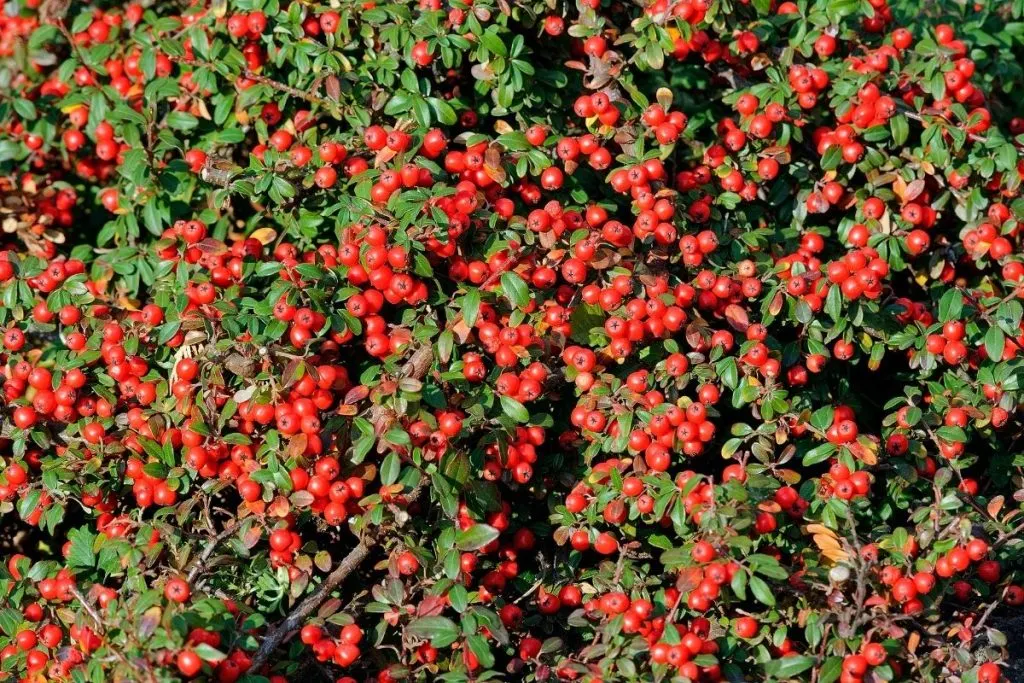
Don’t overlook shrubs in your quest to attract pollinators! Cotoneaster is a big hit with bees thanks to its clusters of small, fragrant flowers.
Doubling Down: This shrub isn’t just for bees—its fall berries draw birds like blackbirds, making it a garden favorite year-round.
Choose Wisely: With over 200 varieties, choose one that suits your space, whether it’s a sprawling groundcover or a handsome hedge.
Be Aware: Note that some cotoneasters are considered invasive, so plant responsibly and avoid letting them escape into the wild.
With Cotoneaster, you gain a multi-faceted garden addition that supports both bird and pollinator populations.
9. Oregano: Fragrant and Floral
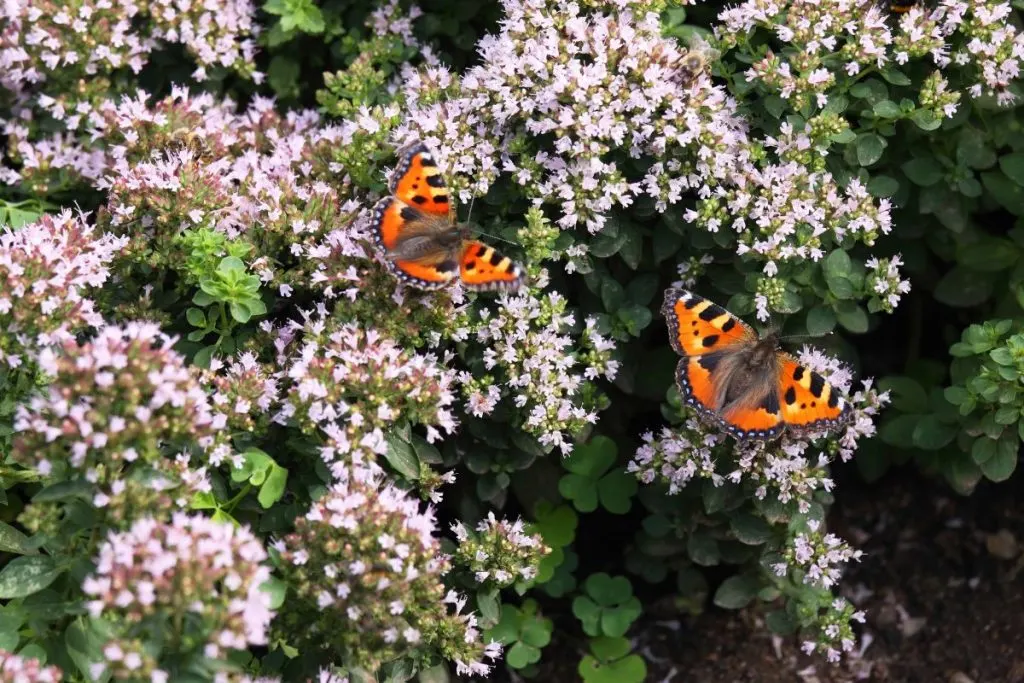
Oregano isn’t just for the kitchen—this aromatic herb is a summertime banquet for pollinators, with its pretty pink or purple flowers.
Tough and Tenacious: Oregano shrugs off harsh conditions, thriving even in poor soil and drought, making it a low-maintenance garden staple.
Dynamic Duo: Plant alongside other herbs for a fantastic, fragrant garden corner that bees and butterflies can’t resist.
Style Points: For a more formal look, try clipping oregano into topiary shapes; it’s a wonderful way to combine utility with aesthetics.
Incorporating oregano into your garden ensures a delightful waft of fragrance and a hive of activity from pollinators.
10. Lavender: A Mediterranean Marvel
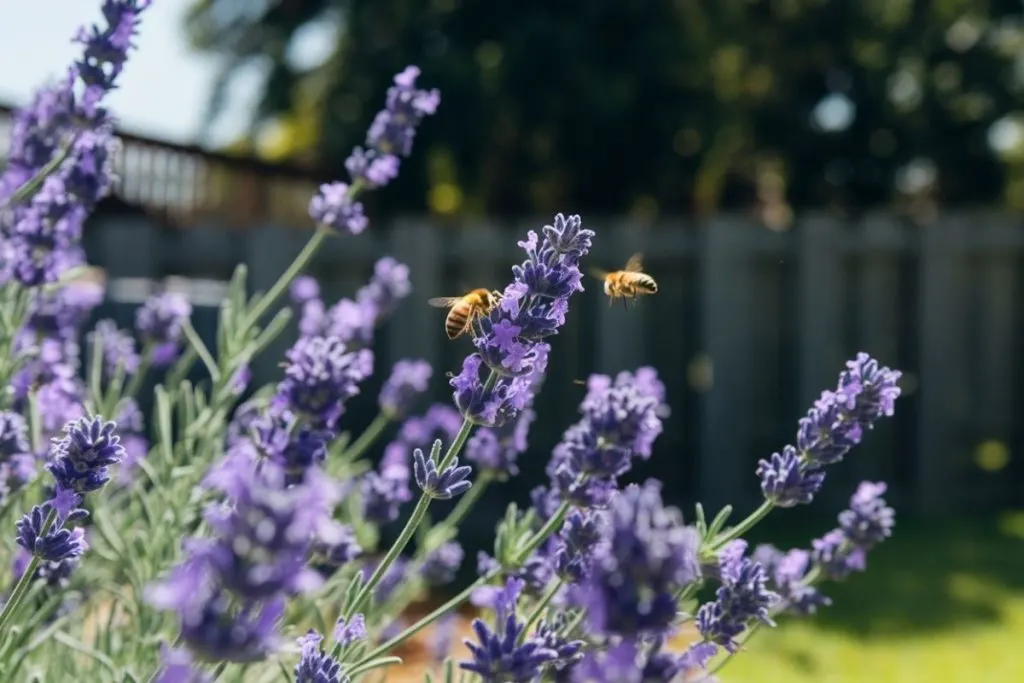
Lavender’s soothing scent isn’t just relaxing for us—bees adore those richly fragrant blooms, too.
Aroma and Appeal: The heady scent and colorful flowers make lavender an irresistible draw for pollinators throughout the season.
Classic Charm: Add lavender to garden beds or containers for a touch of the Mediterranean, ideal for relaxed, sunny spots.
Mind the Conditions: While lavender loves the sun, it won’t tolerate waterlogged conditions, but thrives happily in well-drained soil.
With its calming fragrance and bee-friendly blooms, lavender is a timeless choice for any garden.

